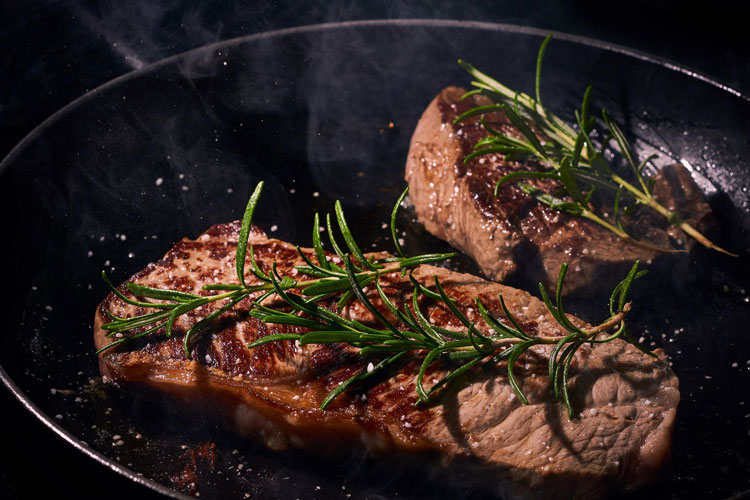
As dairy producers, we are also beef producers, since culled dairy cattle are one piece of the livestock and meat sector. At the Wisconsin Agricultural Outlook Forum, University of Wisconsin-River Falls professor Brenda Boetel gave an overview of U.S. meat production, supply, and demand.
Boetel said the total meat supply in the U.S. last year, which includes beef, lamb, pork, and turkey, was up slightly, 0.62%, over 2021. There was variation in individual categories. Beef stayed relatively stable, just 0.5% higher. Pork supply was up 1.8%, while broiler production rose 2.8%. Meanwhile, turkey production was down 4.7%, a result of avian influenza. Boetel anticipates that the 2023 U.S. meat supply will be down a little over 1% in 2023.
As for domestic consumption, Boetel said demand for animal products has remained strong, similar to prepandemic 2019 levels, in spite of higher retail prices. In 2022, retail beef prices were up 7%, pork rose 10.1%, and poultry was 16.6% more expensive than it was in 2021.
Boetel anticipates that retail prices will be stable to slightly higher in 2023. Even though demand is solid now, inflation may start to erode that demand.
“We are starting to get to a point where people have less personal disposable income, and when personal disposable income declines, we start to have weaker domestic demand for animal proteins, and particularly for beef because it is the higher priced protein,” Boetel explained. She said that consumer confidence will play a role in demand, especially if we experience a recession in 2023.
Like dairy products, export markets are an important customer for animal proteins. In 2022, broiler exports were down slightly, about 1%, while turkey exports dropped about 24%. Pork exports were down 10%. Boetel pointed to two factors that played into this. The first is the strength of the U.S. dollar, which makes our products more expensive on the global market. Product availability was also a detriment, especially for turkey exports.
Beef experienced a different story in 2022. With strong value and pricing, Boetel said exports of beef and veal reached record levels last year and were up 5% from the year before. Following behind Japan and South Korea, China is now our third largest export customer for beef, taking 19% of our exports last year.
Unfortunately, Boetel doesn’t see another record year in 2023, with estimates that year-over-year exports will be down more than 13%. The biggest driver of that will be supply. Boetel explained that in 2021, fewer steers were slaughtered, but heifer and cow slaughter were up 5% and 11%, respectively.
“Even though there was less beef from steers, which is usually the biggest category, we were able to compensate from heifer and cow production, which came about because of drought,” Boetel explained. The 2022 beef herd contracted by approximately 1 million head due to more culling, and the number of heifers on feed rose by about 5% because farms did not have the forages and pastures available to raise them as breeding stock.
“We were able to keep feedlots full at the national level the last three years because of the number of heifers on feed,” Boetel said, “but those numbers won’t be there in 2023.”
Less cattle on feed means less availability of beef, which will impact supply for both domestic and global markets. Boetel said there is potential to start building the herd again, as there is an opportunity for profitability, but weather and the strength of the dollars are two factors that could dictate that growth.








